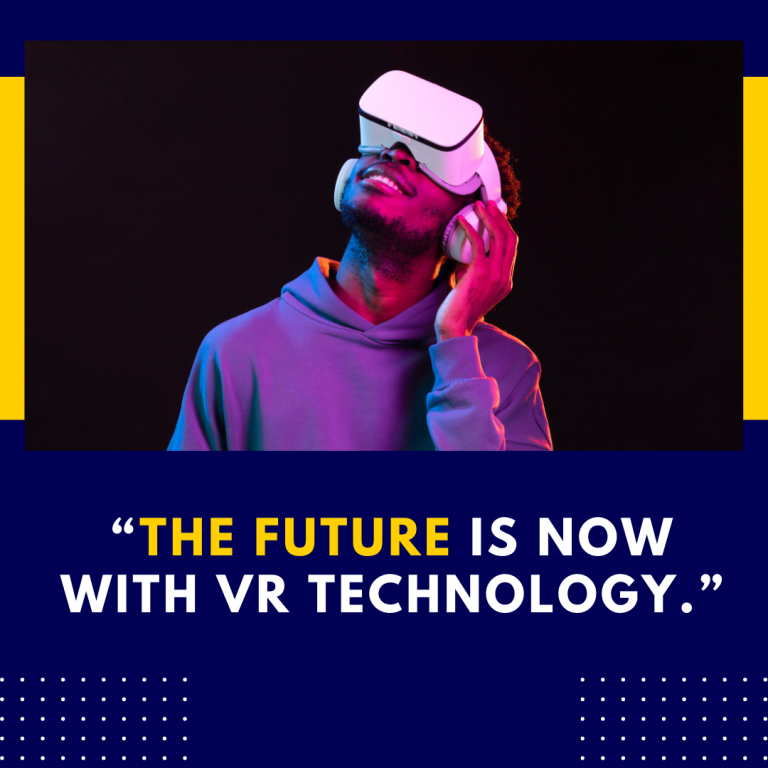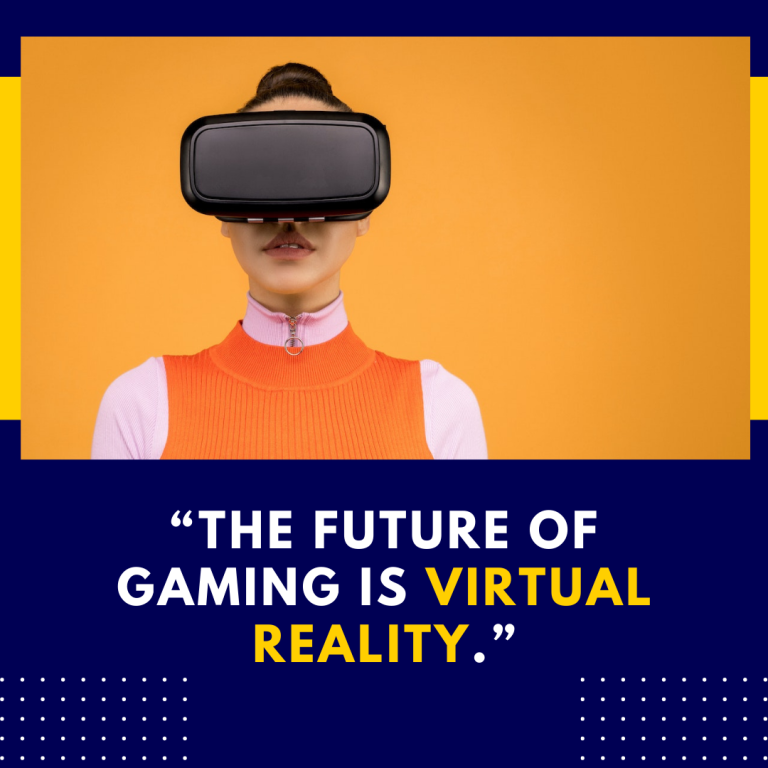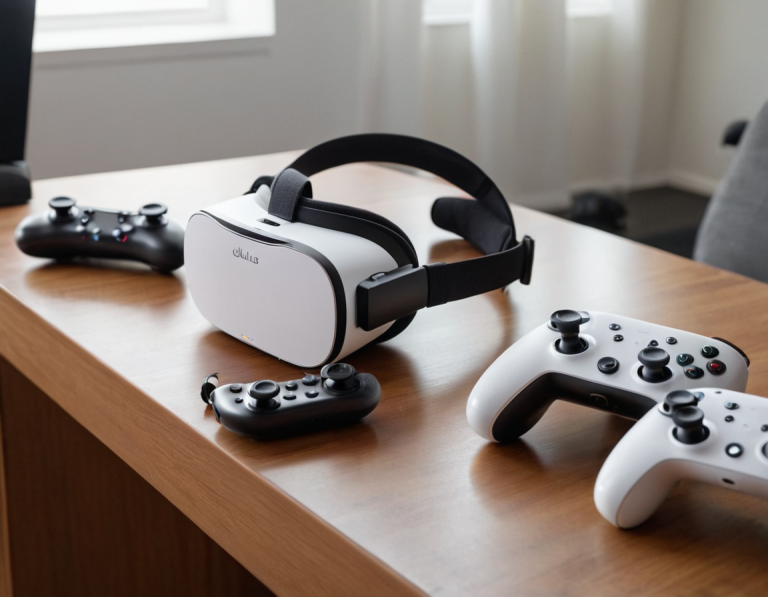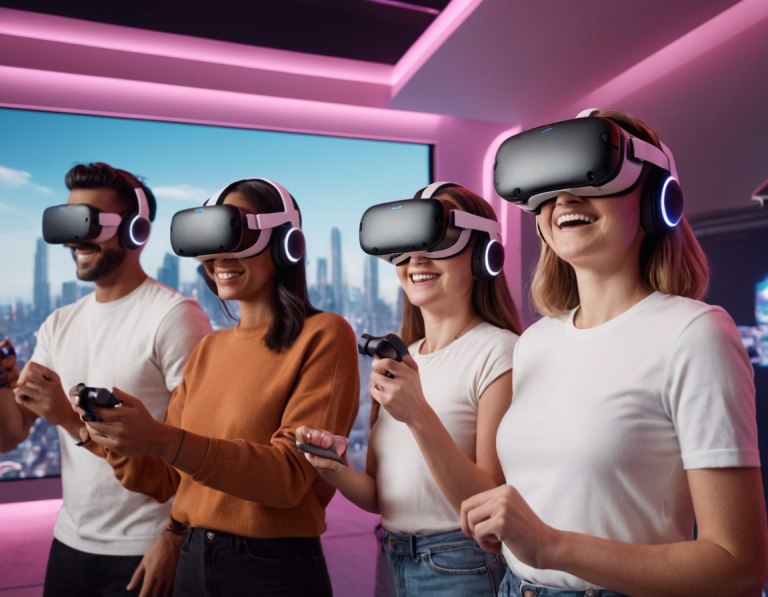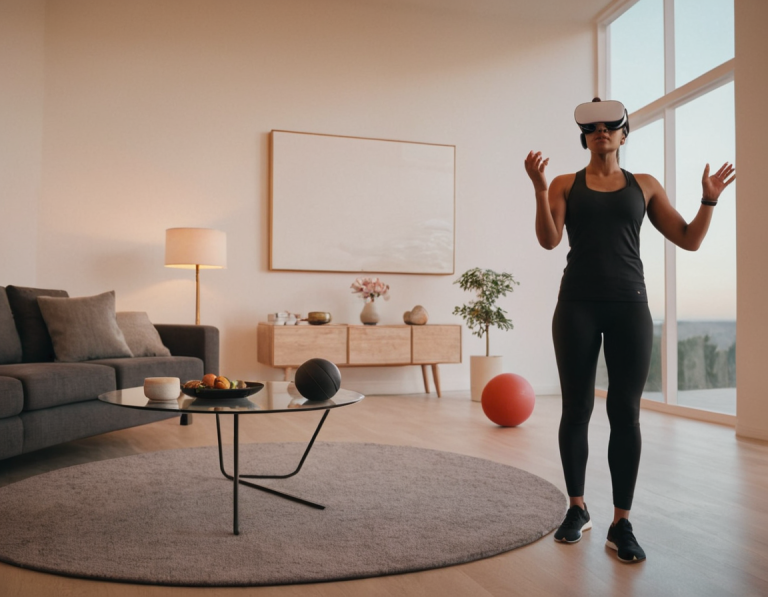How Does Beat Saber Compare to Traditional Rhythm Games?
Beat Saber has emerged as a standout title in the virtual reality gaming landscape since its release in 2018. Combining rhythm gameplay with immersive VR mechanics, it has garnered a massive following and critical acclaim. But how does it stack up against traditional rhythm games? In this blog post, we’ll explore the differences and similarities between Beat Saber and conventional rhythm games, examining gameplay mechanics, engagement, community, and overall experience.
Understanding Traditional Rhythm Games
Traditional rhythm games, such as Dance Dance Revolution (DDR), Guitar Hero, and Rhythm Heaven, have established a firm place in gaming history. These games typically share certain characteristics:
Gameplay Mechanics
- Input Methods: Traditional rhythm games often use dedicated controllers (like dance pads or guitar-shaped controllers) or standard game controllers, relying on button presses in time with music.
- Visual Feedback: Players receive visual cues (like arrows or notes) that indicate when to input commands, which usually follow the rhythm of the song.
- Scoring Systems: Most traditional rhythm games feature scoring systems based on accuracy, timing, and combo multipliers, rewarding players for perfect execution.
Engagement and Accessibility
- Local Multiplayer: Many rhythm games focus on local multiplayer experiences, where players can compete against friends in a social setting, such as arcades or living rooms.
- Accessible Gameplay: Traditional rhythm games often have straightforward mechanics that make them accessible to a wide audience, including non-gamers.
Beat Saber’s Unique Mechanics
Beat Saber introduces a fresh take on the rhythm game genre through its VR mechanics and innovative gameplay:
Gameplay Mechanics
- VR Interaction: Players wield two virtual lightsabers to slice through incoming blocks that correspond to musical beats. This physical interaction adds a layer of immersion that traditional rhythm games can’t replicate.
- Spatial Awareness: Unlike traditional games that typically remain fixed in one position, Beat Saber requires players to move in three-dimensional space, enhancing the sense of presence and physical engagement.
- Block Direction and Color: Players must slice blocks in specific directions and colors, introducing a unique combination of visual and motor coordination that challenges players in new ways.
Scoring and Progression
- Dynamic Scoring: Beat Saber’s scoring system rewards players for accuracy and timing, but also incorporates a combo system that can feel more immediate due to the fast-paced nature of gameplay.
- Difficulty Levels: The game offers multiple difficulty levels, allowing players to choose their challenge and progress at their own pace, similar to traditional rhythm games but with a VR twist.
Comparison of Engagement and Community
Engagement
- Physical Activity: Beat Saber encourages a more active form of gameplay, requiring players to move their bodies, dodge, and reach, making it a physically engaging experience. Traditional rhythm games can also be physically demanding (like DDR), but they typically confine movement to a flat surface.
- Immersion: The VR environment of Beat Saber creates a sense of immersion that traditional games cannot match. Players feel like they are inside the music, and the visuals and sound design enhance this experience dramatically.
Community Aspects
- Custom Content: Both Beat Saber and traditional rhythm games benefit from community contributions. However, Beat Saber has a thriving modding community that allows players to create and share custom songs and levels. While traditional games have custom content, such as user-created songs in games like Clone Hero, the process can be less streamlined.
- Competitive Scene: Both genres have competitive elements, but Beat Saber’s VR aspect opens up unique opportunities for tournaments and streaming. The visual spectacle of VR makes it an engaging spectator sport, attracting viewers and competitors alike.
Accessibility and Learning Curve
Accessibility
- Ease of Entry: Traditional rhythm games often have a lower barrier to entry, especially for casual players. Games like Guitar Hero provide a more forgiving learning curve with easier-to-understand mechanics.
- Physical Space Requirements: Beat Saber requires more physical space for movement, which may limit accessibility for some players, especially in smaller living environments.
Learning Curve
- Gradual Skill Development: Both genres allow players to improve over time, but Beat Saber’s combination of physicality and precision can create a steeper learning curve for newcomers.
- Immediate Feedback: Beat Saber provides instant feedback through its visual and audio cues, allowing players to learn from mistakes quickly. Traditional rhythm games also offer feedback, but the nature of physical interaction in Beat Saber can make learning feel more dynamic.
Longevity and Replayability
Traditional Rhythm Games
- Song Libraries: Many traditional rhythm games come with extensive song libraries, but they may require players to purchase additional tracks. Games like Guitar Hero have introduced downloadable content, but the selection can sometimes feel limited.
- Social Play: The local multiplayer aspect of traditional games encourages repeated play with friends, which can lead to longer-lasting enjoyment.
Beat Saber
- Continual Updates: Beat Saber frequently adds new tracks and updates, expanding its library and keeping the gameplay fresh. This commitment to updating content encourages players to return regularly.
- Community Engagement: The ability to create and share custom songs adds enormous replayability. Players can enjoy an ever-expanding library tailored to their preferences, making the game feel continuously new.
Conclusion
Beat Saber stands out in the rhythm game genre due to its innovative use of virtual reality, immersive gameplay mechanics, and active community engagement. While traditional rhythm games have established a solid foundation with accessible mechanics and social play, Beat Saber elevates the genre through its physicality and dynamic interactions.
Both types of games offer unique experiences, catering to different audiences and preferences. Traditional rhythm games remain a beloved choice for casual gaming and social settings, while Beat Saber appeals to those seeking a more immersive, active experience. As the rhythm game genre continues to evolve, it will be exciting to see how these two styles influence each other and shape the future of rhythm gaming. Whether you prefer slicing through blocks in VR or tapping along to arrows on a screen, the rhythm game landscape has something to offer everyone.

